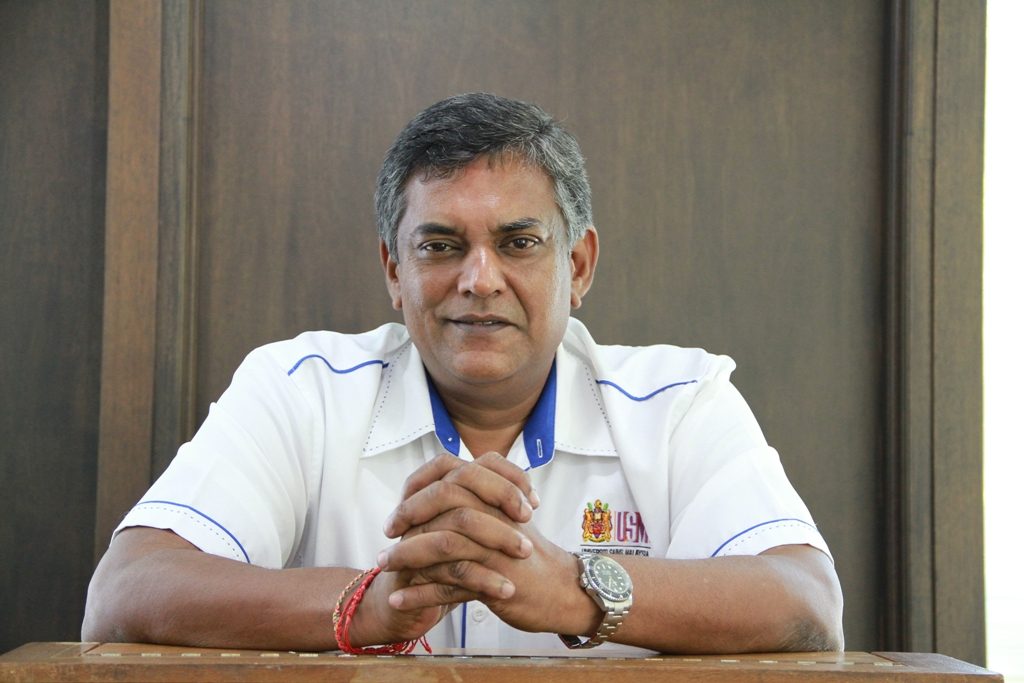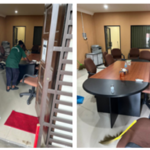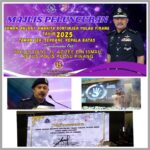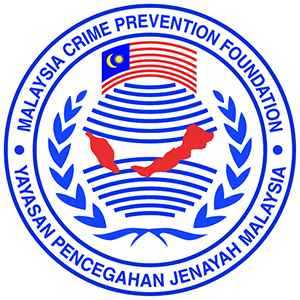
Public confidence in justice depends on evidence, not rumours, and on investigations free from fear or favour.
The purpose of this commentary is to give the public a clear and in-depth understanding of how police should professionally investigate a sudden, unexplained death, whether alleged to be a suicide or a possible murder.
By outlining the correct investigative process, the aim is to equip citizens with knowledge of the procedures, safeguards and professional standards that must be applied in such sensitive cases.
This framework is applied here to the tragic death of 13-year-old Zara Qairina Mahathir, found unconscious near her Islamic school dormitory in Sabah on July 16, and later died in hospital on July 17.
The case, which included an initial burial without a post-mortem followed by an exhumation for forensic autopsy, has sparked national concern and demands for transparency. The investigative steps outlined below are those any professional police inquiry should follow to uphold both public confidence and judicial integrity.
When police first respond to a sudden or suspicious death, they must immediately establish a formal command structure, record their arrival time and secure the scene so no evidence is disturbed.
A strict entry/exit log must document every movement in and out of the cordoned area. Officers should record precisely who discovered the victim, when medical help was called, and the exact times of ambulance arrival and hospital admission.
Paramedic and emergency department records are essential for reconstructing the timeline and must be obtained in full.
Before anything is moved, investigators must preserve the scene through high-quality photographs, scaled sketches and a full video walkthrough, noting environmental conditions such as lighting, weather, and surface type. If the body was moved before police arrived, its original position must be reconstructed using witness statements and any available images.
Specialist forensic teams including forensic photographers, trace evidence experts and if necessary, bloodstain pattern analysts should then process the scene. Clothing and biological samples must be collected in contamination-free conditions, with all evidence securely packaged, labelled and logged.
One of the most critical stages is the medico-legal autopsy, which determines the cause and manner of death and allows for toxicology, histology and DNA testing.
If an autopsy was missed before burial, an urgent exhumation order must be sought. The chain of custody for every sample must be airtight from the scene to the courtroom.
Witnesses, particularly minors, must be interviewed in safe, child-friendly settings by trained officers, ideally with a child protection officer present. Interviews should be recorded to avoid repeated questioning and prevent trauma, and witnesses must be separated to avoid collusion and memory contamination.
Witness statements are often the backbone of a death investigation, providing crucial details that physical evidence alone may not reveal. They can establish timelines, clarify sequences of events and uncover potential motives or prior threats.
Consistencies between accounts strengthen the evidentiary base, while well-documented discrepancies can highlight areas needing deeper inquiry. Investigators must treat each statement as a vital piece of the puzzle, corroborating it with forensic findings, digital records and medical evidence to construct a clear and accurate narrative of events.
Digital evidence is equally crucial. Investigators should promptly secure CCTV footage from the school and surrounding areas, preserve electronic access logs and analyse the victim’s phone and social media activity.
If a fall is alleged, measurements, surface analysis and biomechanical expert assessment should be undertaken to test the plausibility of the account.
Forensic laboratory testing, including toxicology, histopathology, microbiology and DNA analysis, should be exhaustive. Hospital records, medical imaging and clinical notes must be reviewed to match injuries with reported events.
Any signs inconsistent with the claimed cause of death, such as defence wounds or patterned bruising, must be rigorously examined.
Institutional factors cannot be overlooked. Duty rosters, visitor logs, discipline records, CCTV policies and complaint registers from the school should be scrutinised. Witness protection for vulnerable students must be implemented to prevent intimidation or retaliation.
Public trust depends on transparency. A dedicated family liaison officer should be appointed to provide regular and compassionate updates, and official statements must remain factual, verified and free from speculation.
Independent experts should be invited to review key evidence, and where warranted, a public inquest should be held under the Criminal Procedure Code.
The public must understand that a scientific investigation is not a matter of opinion, but a process grounded in verifiable evidence and forensic science.
Reckless speculation, gossip and the spread of unverified claims can distort the truth, undermine the investigative process and even allow the guilty to escape justice.
Every citizen has a responsibility to allow the process to proceed without prejudice or interference.
Where credible evidence of misconduct, negligence or corruption by investigators emerges, it must be addressed decisively through independent inquiry, with those responsible prosecuted without compromise.
At the same time, investigators must remain laser-focused on identifying and prosecuting the true perpetrators without fear, favour or political influence.
Arrests or charges must be based solely on evidence and probable cause, never on public or media pressure.
If investigative weaknesses are identified, reforms should include installing CCTV in dormitory corridors (with privacy safeguards), strengthening night supervision, introducing confidential reporting channels for bullying or abuse, mandating child-protection training for boarding school staff and enforcing a strict rule that all sudden, unexplained school deaths require an immediate medico-legal autopsy and full forensic police response.
A rigorous investigation into the death of a child is not merely a technical duty, it is a moral and public trust obligation.
Forensic precision must be balanced with child-sensitive procedures, and where investigative lapses occur, remedial actions such as exhumations and independent reviews are both legally and ethically essential.
Above all, the family and the public deserve a transparent, professionally documented investigation that can withstand independent scrutiny and deliver justice.
DATO’ DR P. SUNDRAMOORTHY
Criminologist
Centre for Policy Research
Universiti Sains Malaysia
Past Events
- MCPF Penang Website www.mcpfpg.org Visitors’ Log hits a Monthly Record high of 23.24k in November 2025. Cum-to-date total: 977,865 (March 2016 to November 2025)
- MCPF SPS DLC participates in Camp for Uniformed Bodies at SJK (T) Nibong Tebal
- MCPF Penang engages in Operational Meeting at SMK Mengkuang, Bukit Mertajam to follow-up on CCTV Project Proposal
- MCPF Penang Quartermaster Munusamy Muniandy does an on-site Housekeeping / Maintenance inspection of MCPF Penang Office at PDRM IPK P. Pinang
- MCPF Penang & SPS DLC participates in PDRM’s Launching Ceremony of Amanita Taman Angkat at ADTEC ATM Kepala Batas






